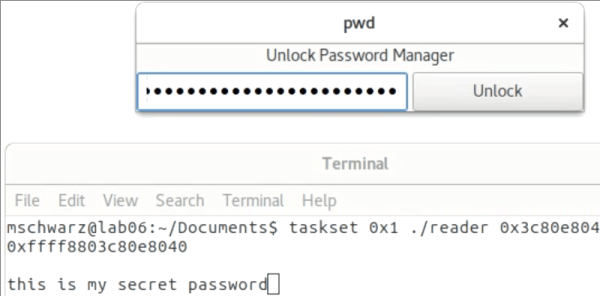Intel just moved some high level people around to form a dedicated security group.
When news of Meltdown and Spectre broke, Intel’s public relations department applied maximum power to their damage control press release generators. The initial message was one of defiance, downplaying the impact and implying people are over reacting. This did not go over well. Since then, we’ve started seeing a trickle of information from engineering and even direct microcode updates for people who dare to live on the bleeding edge.
All the technical work to put out the immediate fire is great, but for the sake of Intel’s future they need to figure out how to avoid future fires. The leadership needs to change the company culture away from an attitude where speed is valued over all else. Will the new security group have the necessary impact? We won’t know for quite some time. For now, it is encouraging to see work underway. Fundamental problems in corporate culture require a methodical fix and not a hack.
Editor’s note: We’ve changed the title of this article to better reflect its content: that Intel is making changes to its corporate structure to allow a larger voice for security in the inevitable security versus velocity tradeoff.

















